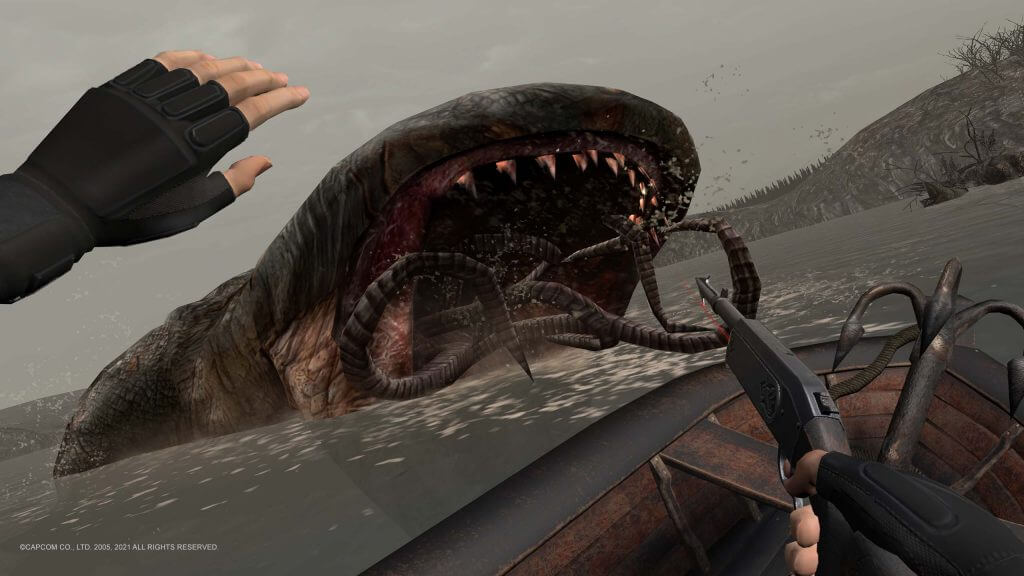In my first post for Grata Software in December, I essentially went all-in on the notion that the tech community needs to get away from jargon. However, if it doesn’t, I’m here to translate and a recent Sony PlayStation VR press conference gives me a chance to do that.
My true value as a tech journalist has always come from my ability to take complicated or perhaps industry-specific terms and relate them to the general public.
So, my interest was peaked when I watched Sony Interactive Entertainment CEO Jim Ryan’s Consumer Electronics Show keynote in Las Vegas earlier in January.
The goal of that speech was to introduce the community and PlayStation fans to the next iteration of the Sony PlayStation VR headset.
The event essentially served as a launch for the public relations push that will surround the new device, cleverly named the Sony PlayStation VR 2.
However, in doing so, Ryan proved my point from last month.
CEO on Sony PlayStation VR plans
Along with key features like “expanded field of view” and “4K HDR,” Ryan also briefly mentions “foveated rendering.”
While comments in the YouTube clip reveal that many gamers are familiar with “foveated rendering,” the casual gamer and tech user likely does not follow.
So, what is it, exactly?
Foveated rendering relates to how a VR headset uses eye-tracking to reduce hardware workload by softening the edges of viewers’ peripheral vision.
Simply put: a VR headset doesn’t have to work as hard, meaning more power can be directed at images directly in front of a viewer.

We are nearing the awkward adults in virtual reality stage of this technology.
The term comes from the “fovea,” a small part of your eye’s retina where visual acuity is the highest.
Perhaps eye doctors out there might laugh at the notion that “fovea” is not a common term. But if you do not have glasses, you likely don’t think about it often.
During the seven-minute presentation, Ryan said Sony will make a push in VR, firing one across the bow of Meta/Facebook/Oculus/WHAT IS THEIR NAME!!?!
“We are going to lead the way with exploring new technology that unlocks new entertainment experiences,” Ryan said. “Virtual reality is central to that philosophy. Nothing elicits emotion quite like the VR medium.”
There is no denying that, to be sure.
I have been playing around with the Oculus Quest 2 since I bought it last year.
It’s phenomenal.
Resident Evil 4 jumpstarts the technology
Armature Studios jumpstarted the VR community in late 2020.
The Texas company took a classic – Resident Evil 4 – and ported it to the Quest 2.
That ended a year that saw VR games that were short, cool, or just plain nonsensical – but fun.
The result was stunning and an illustration of what was possible in virtual reality.
The moment could become a seminal moment in VR gaming history – no hyperbole. But Ryan announced something during his PS VR 2 conference that could turn even more heads.
The popular video game series Horizon will be getting its own, original adventure on the PlayStation VR 2. Check out the trailer below.
I’ll say, it’s definitely worth the time to check it out.
We are embarking on a year ripe with terminology people in the tech community will start to hear.
“Non-fungible.”
“Metaverse.”
“Web 3.0.”
But make sure you don’t sleep on the next iterations of long-established technologies like VR, AR, and gaming.

